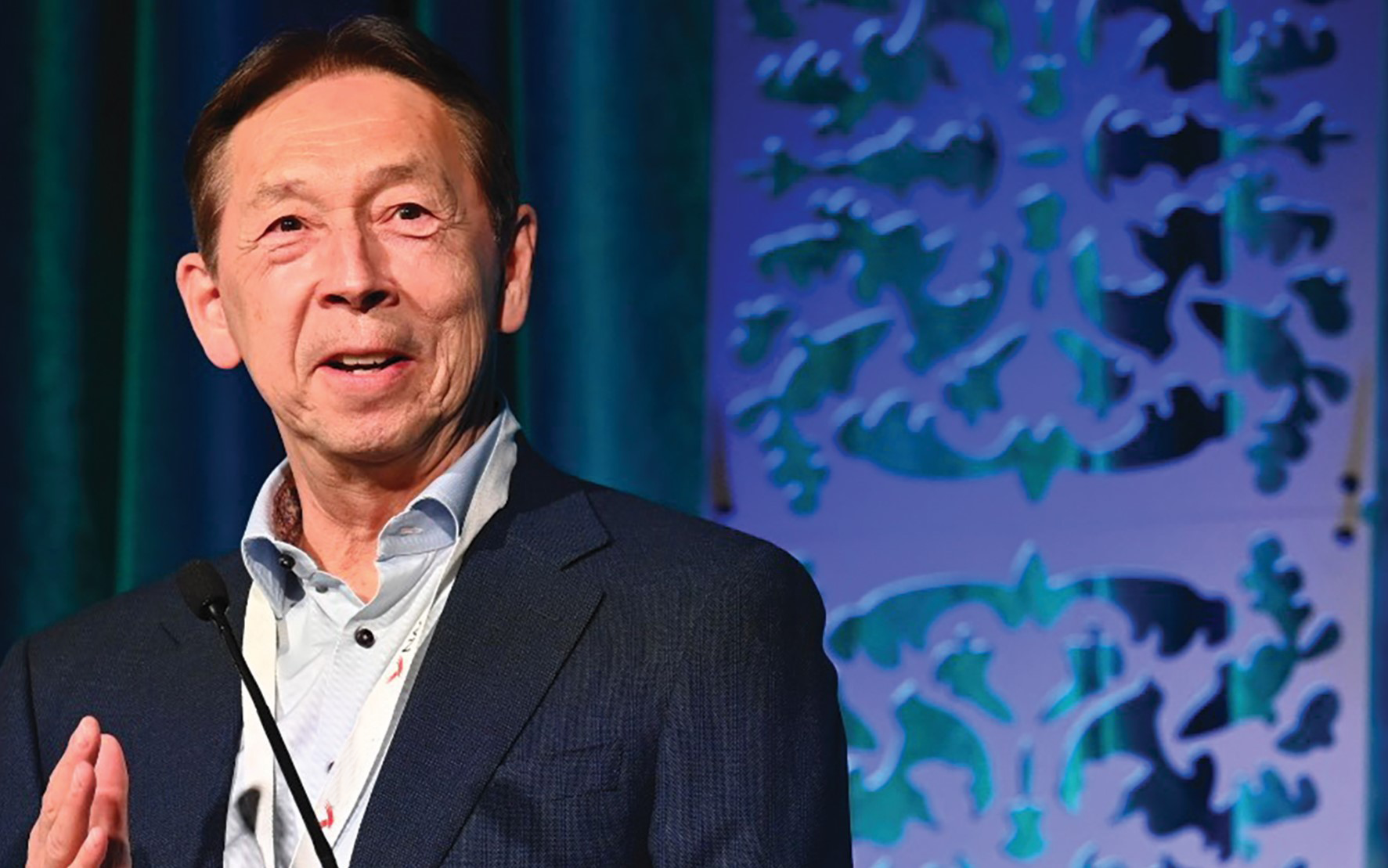Published in Canada’s National Observer, April 02, 2025, by Sonal Gupta, Local Journalism Initiative
Canada is doubling down on Indigenous-led projects, increasing funding for a federal program that helps finance infrastructure projects like roads, water systems, and stakes in major resource projects.
The federal government is boosting its support for the Canada Indigenous Loan Guarantee Corporation to $10 billion. The expansion means First Nations can now get increased funding for infrastructure, transportation and trade initiatives, in addition to energy and natural resource projects.
The loan guarantee program is expected to help improve basic municipal services in First Nations communities, such as clean water, sewage treatment, roads, health facilities, and public schools — services other municipalities have had for decades.
“First Nations have really gone without for so long that there’s going to be a massive need for a lot of investment in infrastructure and communities,” said Derek Epp, Chief of Tzeachten First Nation in British Columbia.
Historically, First Nations have faced significant barriers to securing financing for economic development, due to colonial policies like the Indian Act.
The Indigenous Loan Guarantee Program was launched by the Canadian government in December 2024. The program initially had $5 billion in loan guarantees to support Indigenous ownership in natural resource and energy projects to address historic barriers to accessing capital. Now, the funding has been doubled to $10 billion.
The government program serves as a safety net for Indigenous groups, allowing them to borrow money for large-scale projects. If they cannot repay the loans, the government promises to cover the debt.
The First Nations Finance Authority uses its own funding sources to also provide loans, but with this program’s increased guarantee, it can lend more confidently, knowing the government will back any unpaid loans. Ultimately that means more funding for more projects in First Nations communities.
“A lot of these larger resource projects are going to be in our traditional territories. … Being in a partnership with us is the way to go, because it creates greater certainty for projects to be completed,” said Ernie Daniels, president and CEO of the First Nations Finance Authority.
The model opens up opportunities for equity ownership in projects like the Trans Mountain pipeline, natural gas expansion in BC and Alberta, mining in the Prairies and hydroelectric projects in Quebec.
“The idea of First Nations owning a stake in projects like Trans Mountain has been discussed for years and with the expanded funding, this could become a reality,” Epp said.
There are about 130 Indigenous communities located near areas along the route of the Trans Mountain pipeline, primarily in British Columbia and Alberta that are expected to be impacted. “If the federal government decides to transfer the project to First Nations, there would be an opportunity for all communities who are impacted to be involved,” he added.
Epp says most First Nations across the country don’t have the capital to participate in these equity ownership stakes. The new model allows small First Nations to buy a stake in a company like a typical investor. Or multiple First Nations could pool their money to invest in large projects together.
“This is key to economic reconciliation — it supports First Nations leadership and ensures the benefits stay within our hands.” Epp said.
But Daniels is cautious about whether the new project financing will solve the gap in funding needed for infrastructure like roads, housing and water systems — estimated to be $350 billion and growing due to inflation.
Most First Nations are still dependent on the government for annual infrastructure funding, which is often not enough.
“We still need a revenue stream to pay off that debt,” he said. “What we really need is more predictable revenue-sharing between the federal government and First Nations communities. Take taxes on tobacco, for example. If those revenues were shared directly with them, that could help,” Daniels said.
“One of the ways that we’re going to become economically self-sufficient is we need infrastructure. Infrastructure is a precursor to successful economic development.”
Research by the First Nations Major Projects Coalition, a group of over 170 First Nations across Canada, estimates $630 billion will be invested in energy, mining, forestry, infrastructure and trade over the next decade. Of that, more than $50 billion could be needed in loan guarantees for Indigenous communities to take part in those projects.
Despite the challenges, First Nations experts are optimistic about further government investment as success builds momentum. “If this works out really well, I could see them putting more money into that,” Daniels said.
Daniel says programs like this allow First Nations to reduce dependence on federal transfers and create long-term socioeconomic benefits by creating jobs, building infrastructure and reinvesting project revenue into community development, so future generations can prosper.
“We are an emerging economy within an established one,” he said. “Once we get that economic self-sufficiency going, the economic benefits will be felt across Canada as a whole.”


